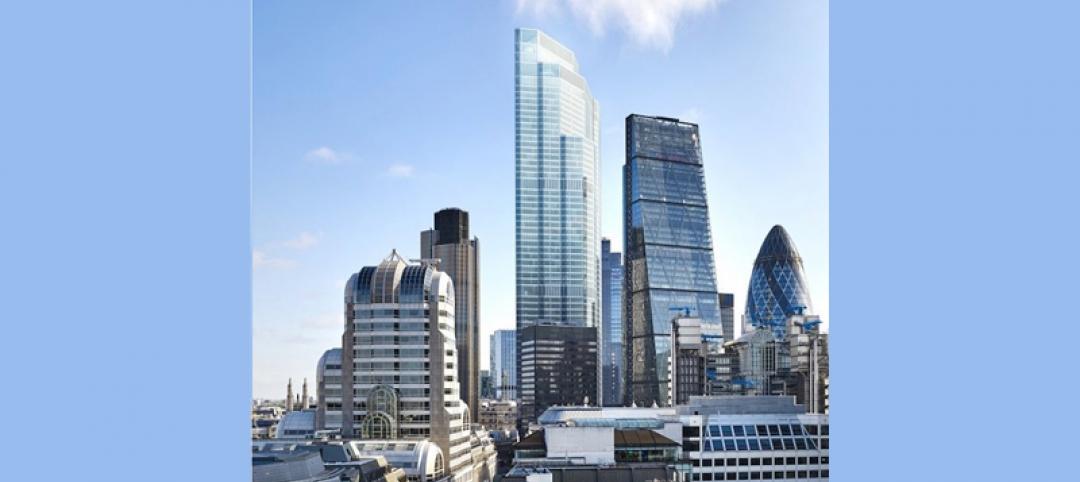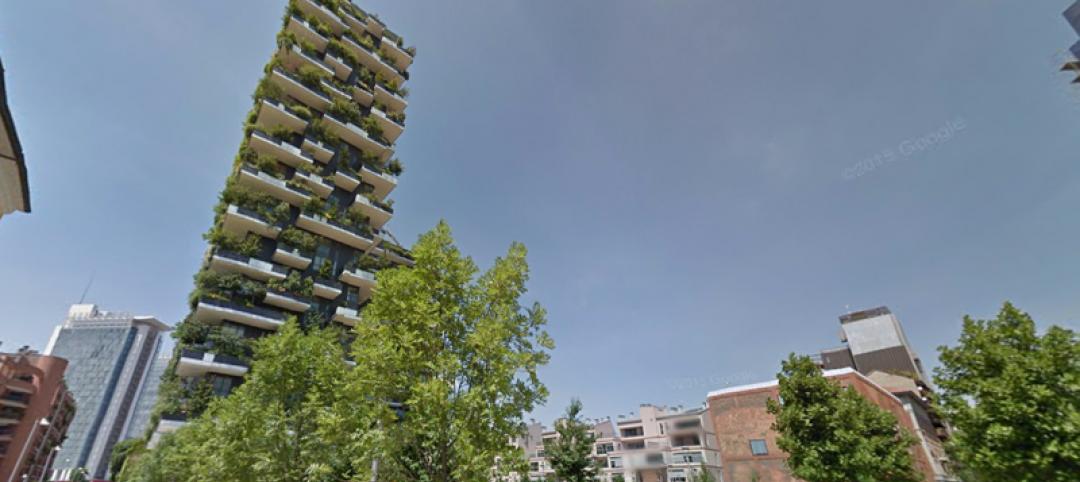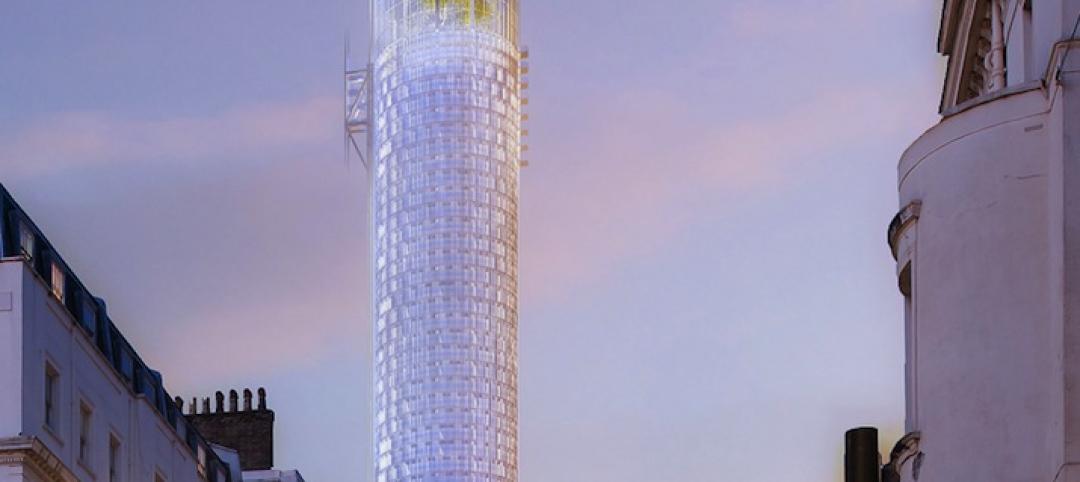The taller the building, the more prestigious it appears. At least, that’s how the thinking goes. Recently, cities around the world are beginning to use tall buildings to show off their wealth and prosperity in the same way professional athletes use garages filled with Ferraris, Aston Martins, and Lamborghinis.
Sure, tall buildings provide a way of maximizing space in crowded cities, but a report from the Council on Tall Buildings and Urban Habitat (CTBUH) points to the fact that many supertalls around the world have hundreds of feet of non-occupiable space. This “vanity height” as it is referred to, exists purely as a design element and to make the building taller.
In fact, if you eliminate vanity height, 44 of the world’s 72 supertalls (the number at the time of the report using July 2013 data) would measure less than 300 meters, losing their supertall status. The tallest of these building’s is Guangzhou’s 390-meter CITIC Plaza. Seeing these tall buildings only to realize so much of it is purely for aesthetics is like buying a large bag of chips only to discover a third of it is filled with air.
In terms of sheer height, the Burj Khalifa is the most egregious vanity height offender. 244 meters at the top of the world’s tallest tower is non-occupiable, that’s a whopping 800 feet. In other terms, if the Burj Khalifa’s vanity height were a building in its own right, it would be Europe’s 11th-tallest building.
In terms of percentage, another Dubai building is the worst offender. 39% of the Burj Al Arab’s height is non-occupiable space. However, at the opposite end of the spectrum, Dubai is also home to The Index, which has a vanity height of only four meters, or 1% of the buildings overall height.
New York has three of the worst offenders with the Bank of America Tower (131 meters, 36%), New York Times Tower (99 meters, 31%), and One World Trade Center (134 meters, 25%). The Empire State Building, however, plays the role of New York’s Index, as it loses just 1% of its height to non-occupiable space.
Measuring building height has been a fairly subjective practice over the years. Spires are counted toward height (which some view as counterproductive and rewarding vanity height) while antennae are not. In 1998, the then Sears Tower lost its title of tallest building in the world to Petronas Towers despite being almost 250 feet taller when its antennae were included and also having a higher occupiable top floor. The Petronas Towers’ spires, which are included in the building’s height, reach 1,483 feet in the air while the Sears Tower without its antennae, which are not included in its overall height, only reaches 1,454 feet. With the antennae the Sears Tower is 1,707 feet.
The now Willis Tower lost out again to vanity height in determining the tallest building in the United States. The Willis Tower’s roof is 442.1 meters high while One World Trade Center’s roof is 417 meters high. Again, however, One World Trade Center’s spire counts towards its height, bringing it up to 1,776 feet and giving it the distinction of being the tallest building in the U.S.
So what does all of this mean? Well, not much, except the list of the tallest buildings in the world would be shuffled around a bit if spires, masts, and antennae were counted toward a building’s overall height or, conversely, if buildings were just measured to their top floors.
But there really isn’t a simple solution: completely occupiable or not, the Burj Khalifa is still the tallest structure ever created (to this point. Jeddah Tower will take the title when it is completed, most likely with quite a bit of non-occupiable space of its own). But if you allow spires, antennae, or other non-occupiable components to count, then some architects and developers could add comically large elements to their structures just to get the accolade of tallest structure in the world.
Regardless, whichever way you measure it, architects are continuing to push the boundaries of what is possible in terms of building height as more tall buildings than ever are popping up in cities around the world.
Related Stories
High-rise Construction | Dec 8, 2015
Saudi Arabia secures funding for world’s first kilometer-tall skyscraper: Jeddah Tower
The tower will overtake the Burj Khalifa in terms of height, but how long will it remain king?
High-rise Construction | Nov 28, 2015
Anorexic skyscrapers keep popping up in Manhattan
One project slated to begin construction next spring is designed to be only 47 feet wide.
High-rise Construction | Nov 23, 2015
London approves designs for a 62-story tower
Scheduled to start construction next year and open in 2019, the structure will be London’s second tallest, after the 95-story Shard.
High-rise Construction | Nov 17, 2015
CTBUH awards '2015 Best Tall Building Worldwide' to Bosco Verticale
Designed by Italian architect Stefano Boeri, the building design was applauded for its “extraordinary implementation of vegetation at such scale and height."
High-rise Construction | Nov 12, 2015
SHoP unveils Brooklyn supertall tower design
When completed, the 90-story tower will be the tallest building in the outer boroughs of New York City.
High-rise Construction | Oct 26, 2015
Recent skyscraper boom benefits New York construction industry
CTBUH reports that luxury residential construction, slenderness aspect ratios, and construction in "fringe" areas have all increased.
High-rise Construction | Oct 21, 2015
Three years after The Shard, Renzo Piano reveals plans for new London tower
The 65-story tower at 31 London Street will have 200 homes and more than 40,000 sf of public space. It could also bring some life to Paddington Station.
High-rise Construction | Oct 13, 2015
Azerbaijan Tower tops list of 10 tallest buildings in the works
Along with the central Asian nation, China, Malaysia, South Korea, Saudi Arabia, and the United Arab Emirates all have skyscraper projects that are under construction or in development.
High-rise Construction | Oct 8, 2015
The 75 tallest observation decks in the world
Chicago's Willis Tower cracks the top 20 as the Middle East and China dominate the rest of the list compiled by the Council on Tall Buildings and Urban Habitat.
High-rise Construction | Oct 5, 2015
Zaha Hadid designs cylindrical office building with world’s tallest atrium
The 200-meter-high open space will cut the building in two.

















